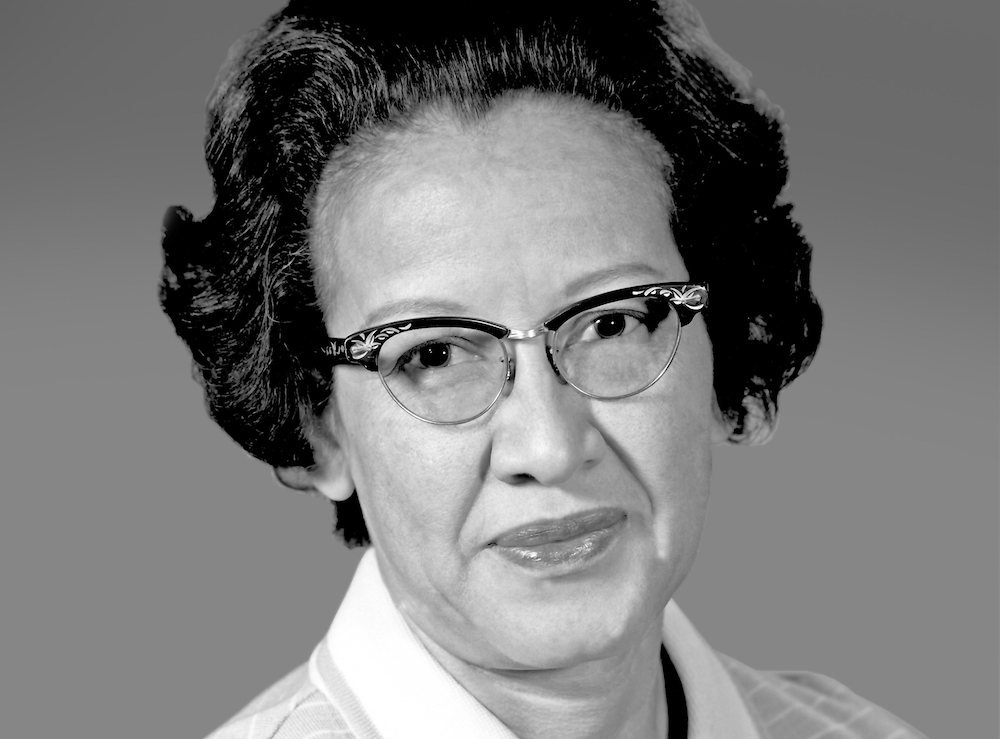
Most people consider the phrase “to the moon and back” to be metaphorical, but in Katherine Johnson’s case, it was quite literal. Her work influenced every major space program; she calculated mathematical data that was essential to the first successful space missions, including trajectories, launch windows, and emergency return paths. Her career with NASA, which lasted more than 30 years, was groundbreaking for sending the first men into space and landing them on the moon.
Johnson was mathematically gifted as a child, and by the time she was 10 years old she had entered high school. She graduated at 14 and entered West Virginia State College (WVSC), a historically black college, where she took every mathematics course available. She graduated summa cum laude in 1937 at the age of 18 with degrees in mathematics and French.
In 1939, Johnson was selected to be one of the first three African American students, and the only woman, to enroll in a graduate program at West Virginia University. She left to focus on family life with her first husband, but his eventual death would see her remarried to James Johnson and return to her previous work as a teacher.
In 1953, Johnson began working at the National Advisory Committee for Aeronautics (later NASA) as a computer. She was part of the West Area Computing unit, a group of African American women who manually performed complex mathematical calculations for the program’s engineers.
After segregation laws were changed and NACA was incorporated into NASA, which banned segregation, Johnson became a member of the Space Task Group. She calculated the path for Freedom 7 — the spacecraft that put the first U.S astronaut, Alan B. Shepard Jr., in space — as well as the launch window for his 1961 Mercury mission. Because of her acute mathematical skills, John Glenn specifically requested that Johnson verify the calculations for the Friendship 7 mission, because he didn’t trust the digital computers.
Johnson also calculated the trajectories of the Space Shuttles and the Apollo 11 flight to the moon, helped to write the first textbook on space, and worked on the heroic Apollo 13 rescue mission. The 2016 film “Hidden Figures,” based on the non-fiction book of the same name, follows Johnson and other female African American mathematicians (Mary Jackson and Dorothy Vaughan) who worked at NASA. Johnson’s pioneering legacy earned her numerous awards and accolades, including the Presidential Medal of Freedom. She died in 2020 at the age of 101.
